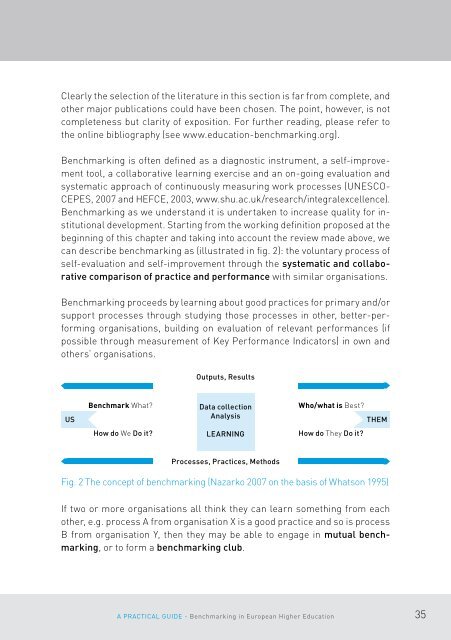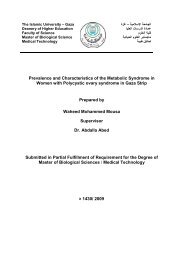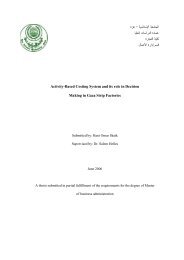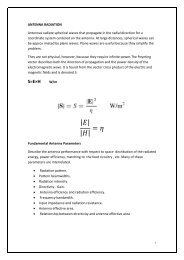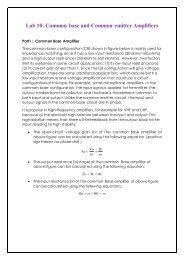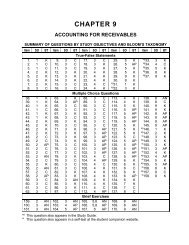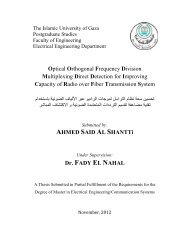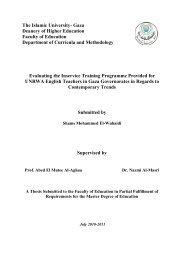A prActicAl guide Benchmarking in european Higher education
A prActicAl guide Benchmarking in european Higher education
A prActicAl guide Benchmarking in european Higher education
You also want an ePaper? Increase the reach of your titles
YUMPU automatically turns print PDFs into web optimized ePapers that Google loves.
Clearly the selection of the literature <strong>in</strong> this section is far from complete, and<br />
other major publications could have been chosen. The po<strong>in</strong>t, however, is not<br />
completeness but clarity of exposition. For further read<strong>in</strong>g, please refer to<br />
the onl<strong>in</strong>e bibliography (see www.<strong>education</strong>-benchmark<strong>in</strong>g.org).<br />
<strong>Benchmark<strong>in</strong>g</strong> is often def<strong>in</strong>ed as a diagnostic <strong>in</strong>strument, a self-improvement<br />
tool, a collaborative learn<strong>in</strong>g exercise and an on-go<strong>in</strong>g evaluation and<br />
systematic approach of cont<strong>in</strong>uously measur<strong>in</strong>g work processes (UNESCO-<br />
CEPES, 2007 and HEFCE, 2003, www.shu.ac.uk/research/<strong>in</strong>tegralexcellence).<br />
<strong>Benchmark<strong>in</strong>g</strong> as we understand it is undertaken to <strong>in</strong>crease quality for <strong>in</strong>stitutional<br />
development. Start<strong>in</strong>g from the work<strong>in</strong>g def<strong>in</strong>ition proposed at the<br />
beg<strong>in</strong>n<strong>in</strong>g of this chapter and tak<strong>in</strong>g <strong>in</strong>to account the review made above, we<br />
can describe benchmark<strong>in</strong>g as (illustrated <strong>in</strong> fig. 2): the voluntary process of<br />
self-evaluation and self-improvement through the systematic and collaborative<br />
comparison of practice and performance with similar organisations.<br />
<strong>Benchmark<strong>in</strong>g</strong> proceeds by learn<strong>in</strong>g about good practices for primary and/or<br />
support processes through study<strong>in</strong>g those processes <strong>in</strong> other, better-perform<strong>in</strong>g<br />
organisations, build<strong>in</strong>g on evaluation of relevant performances (if<br />
possible through measurement of Key Performance Indicators) <strong>in</strong> own and<br />
others’ organisations.<br />
Outputs, Results<br />
US<br />
Benchmark What?<br />
Data collection<br />
Analysis<br />
Who/what is Best?<br />
THEM<br />
How do We Do it?<br />
LEARNING<br />
How do They Do it?<br />
Processes, Practices, Methods<br />
Fig. 2 The concept of benchmark<strong>in</strong>g (Nazarko 2007 on the basis of Whatson 1995)<br />
If two or more organisations all th<strong>in</strong>k they can learn someth<strong>in</strong>g from each<br />
other, e.g. process A from organisation X is a good practice and so is process<br />
B from organisation Y, then they may be able to engage <strong>in</strong> mutual benchmark<strong>in</strong>g,<br />
or to form a benchmark<strong>in</strong>g club.<br />
A Practical Guide - <strong>Benchmark<strong>in</strong>g</strong> <strong>in</strong> European <strong>Higher</strong> Education<br />
35


